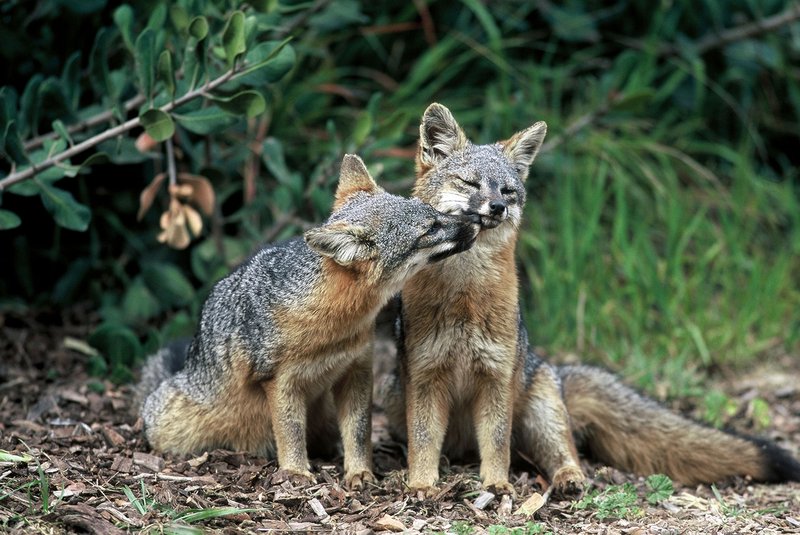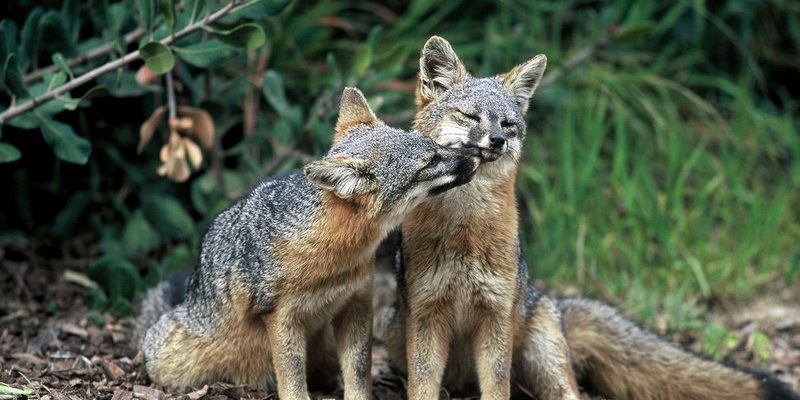
Understanding whether foxes are endangered isn’t just about numbers—it’s about ecosystems, habitats, and the delicate balance that allows these animals to thrive. Imagine a small, intricate web where each strand supports the whole. In this article, we’ll explore the various fox species, their habitats, the threats they face, and what’s being done to protect them. So, grab a cup of coffee, and let’s chat about foxes!
Different Fox Species and Their Habitats
There are around 37 species of foxes worldwide, but the red fox and arctic fox are two of the most well-known. The red fox, with its distinctive reddish-brown coat, can adapt to various environments—from forests to urban areas. It’s often seen roaming at dusk and dawn, hunting for small mammals or scavenging for food. The arctic fox, on the other hand, thrives in some of the coldest conditions on Earth, with its thick fur and small ears that minimize heat loss.
You might be surprised to learn that foxes are found on every continent except Antarctica! Each species has its unique adaptations, enabling it to survive in its specific environment. For instance, the fennec fox, with its large ears, has evolved to dissipate heat in the Sahara Desert, while the island fox is a smaller subspecies found only on California’s Channel Islands.
Are Foxes Endangered Globally?
Now, let’s tackle the big question: are foxes endangered? The answer varies depending on the species. The IUCN Red List categorizes species based on their risk of extinction, and many fox species are not considered endangered. However, others, like the San Joaquin kit fox and the island fox, are listed as endangered or vulnerable due to habitat loss and other human-related activities.
For example, the San Joaquin kit fox primarily suffers from habitat destruction caused by urban development and agriculture. These activities fragment their living space, making it difficult for them to hunt and reproduce. Meanwhile, the island fox population was drastically reduced due to invasive species and habitat changes. Conservation efforts have been crucial for these vulnerable populations, helping to restore their numbers over the years.
The Threats Facing Fox Populations
Foxes face various threats that can lead to their endangerment. Here are a few of the most significant ones:
- Habitat Loss: As cities expand and agriculture takes over, foxes lose their natural homes.
- Human-Wildlife Conflict: Encounters between foxes and people often result in harm to foxes, especially when they’re seen as pests.
- Climate Change: Changes in climate can alter habitats and food availability, making survival more challenging.
- Invasive Species: Predators like domestic cats can threaten smaller fox populations, especially on islands.
These threats highlight the need for better management practices and conservation strategies to protect fox populations. “Here’s the thing”: addressing these issues requires collaboration between conservationists, communities, and policymakers.
Conservation Efforts for Foxes
Conservation efforts have ramped up over the years to help protect vulnerable fox species. Various organizations focus on habitat restoration, public education, and legal protections. For instance, the National Park Service has implemented recovery programs for the island fox, which have successfully increased their population from just a few hundred individuals.
Another example is the California Department of Fish and Wildlife, which works on habitat conservation for the San Joaquin kit fox. These initiatives not only benefit the fox populations but also promote health and balance in the ecosystems they inhabit. Fostering a healthy environment helps maintain the biodiversity necessary for all species to thrive.
In some cases, community involvement has proven vital. Local residents are often the first line of defense in promoting fox conservation. By spreading awareness and advocating for sustainable practices, communities can help protect these creatures and their habitats.
What Can You Do to Help?
You might be thinking, “What can I do to help foxes?” The good news is that you can make a difference! Here are a few easy ways to contribute:
- Support Conservation Organizations: Donate to or volunteer with organizations working to protect wildlife and habitats.
- Educate Others: Spread the word about fox conservation and the issues they face—every little conversation helps!
- Practice Responsible Pet Ownership: Keep your pets, especially cats, indoors or supervised to minimize their impact on local wildlife.
- Advocate for Sustainable Practices: Support local policies that promote conservation and protect natural habitats.
Each of these actions can help create a safer environment for foxes and other wildlife. Remember, every bit counts!
In summary, while not all fox species are endangered, many face significant threats that require our attention. The delicate balance of nature is disrupted by habitat loss, climate change, and human interference. However, through effective conservation efforts and community involvement, we can protect these clever and charming creatures for future generations.
So, next time you spot a fox darting through the woods or even in your backyard, remember the importance of maintaining that balance. The fate of these fantastic animals rests not just on their resilience, but also on our collective effort to preserve their worlds. Together, we can ensure that foxes continue to enchant us with their cunning ways and vibrant presence in our ecosystems.

